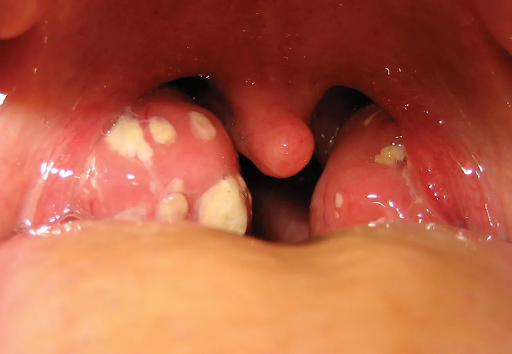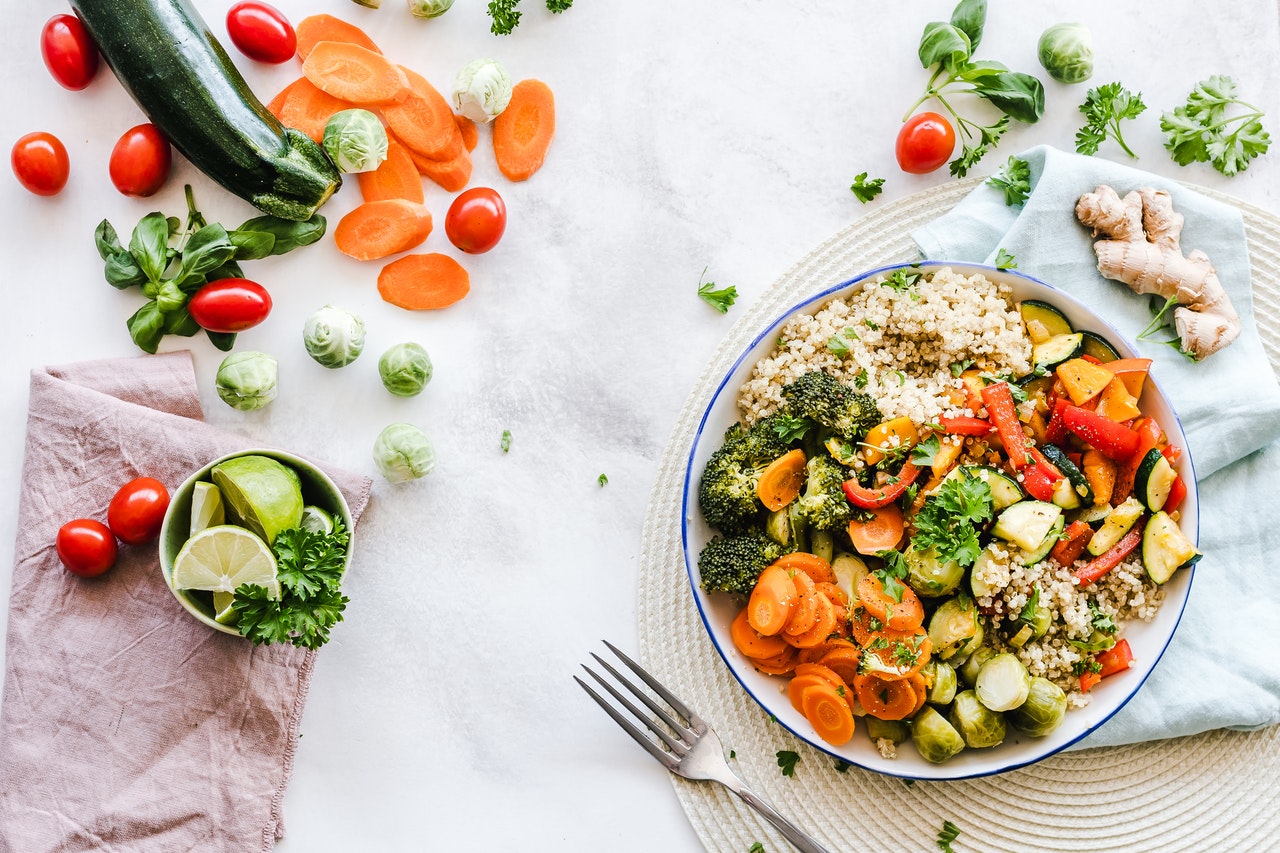7 Easy Steps for Keeping Food Decontaminated at Home
Stuff we do repeatedly without giving them much thought become habits. When it comes to food protection, we should all make a concerted effort to observe these procedures on a daily basis so that they become part of the routine. And with the COVID-19 wreaking havoc all around the world, it is time that we take care of hygiene and adopt practices that would keep the virus at bay.
Thus, you should:
- Avoid Overpacking Your Refrigerator
Although it can be tempting to overpack and stuff your refrigerator with stockpiled groceries, bear in mind that food needs air circulation to stay cool. Use a thermometer to ensure that foods in the fridge are kept at or below 40 degrees Fahrenheit (4 degrees Celsius). This can imply lowering the fridge’s temperature to below 40 degrees Fahrenheit (4 degrees Celsius).
You also need to be strategic when you load your refrigerator:
- Set aside a drawer in the fridge for raw meat to thaw. This keeps juices from spilling outside of the drawer or jar.
- All fresh produce should be washed and rinsed before storing.
- Before placing plastic packaging and bottles from the grocery store away in your refrigerator or pantry, wipe them clean with a sanitizing wipe.
If you are writing an essay on safe food habits, you must include this point. If you struggle to pen down the essay, seek online essay help.
- Keep Cold Foods Cold
Avoid the danger zone, which is defined as the temperature range between 40- and 140-degrees Fahrenheit. In this zone, foodborne bacteria multiply quickly. Take perishable foods like milk and other dairy products, eggs, meat, poultry, and seafood home immediately after shopping and refrigerate or freeze them.
Ice baths are a perfect way to keep cold things cold. Fill a pan or bowl halfway with ice, then put a container containing food on top, resting on the ice. It’s crucial to keep an eye on the ice bath, by draining the water as the ice melts and replacing it is essential.
In addition to ice baths, putting out smaller portions of cold products at a time is another choice for keeping foods cold. By putting out a smaller portion of cold foods, the amount of food that must be held in an ice bath or on a 2-hour timer is reduced.
- Know What is Cleaning and Disinfecting
Cleaning is the removal of dirt, germs, and soil from a surface. As the COVID-19 virus spreads, disinfecting (the method of using chemicals to destroy microorganisms on a surface) is a top priority. Using a 70% alcohol solution is one way to do this. Another choice is to dilute one gallon of water with five tablespoons (1/3 cup) of unscented household bleach.
You should go through the list of effective EPA-registered disinfectant products that qualified for use against SARS-CoV-2, as was released by The U.S. Environmental Protection Agency (EPA).Hands should be washed for 20 seconds with soap and warm water before and after handling food. Bacteria can be distributed in your kitchen simply by not properly washing your hands.
When you write the essay, try to find various updated information. In this regard, you have to explore medical journals, websites, blog posts, etc. If you find the task to be daunting, hire an essay writer.
- Not Ignore the Expiration Dates
With so many more packaged food in the house, it’s important to pay attention to the expiration dates and understand the difference between use by, best by, and expired by dates.
- Dates of expiration and use-by: Refer to the issues of food safety. Do not consume food that has passed its expiration date.
- Best used by dates:
- Sell by dates: These are guidelines for retailers to determine how long an item should be shown for sale.
In fact, here is the list of food you must not eat past the expiry date.
- Ground beef
- Ground pork
- Fish
- Pre-made salads
- Raspberries
- Soft cheese
- Milk
- Spinach
The list goes on. It is recommended that these products be eaten shortly after being purchased. Or else, the food will deteriorate and provide an opportune environment for the multiplication of various bacteria and germs. These include Cyclosporacayetanensis, Listeria, Staphylococcus aureus, salmonella.
- Understand when Leftovers in Fridge will Expire
When it comes to leftovers in the fridge, the general rule is to eat them within three to four days. Try freezing leftovers if you don’t intend to eat them right away. You can keep leftovers in the freezer for up to three months. A helpful tip- write the date on your containers, so you know when to throw them away.
The most crucial aspect of proper storage is not leaving leftovers out at room temperature for more than two hours. When storing leftovers, divide the food into smaller 1”-2” large, airtight containers and let it cool completely before placing it in the refrigerator.
How to Reheat it?
The Centers for Disease Control and Prevention suggests reheating leftovers to a temperature of 165 degrees Fahrenheit (74 degrees Celsius). Stir the food halfway through cooking if you’re using the microwave. Remember to use a certified thermometer to verify the temperature of your food.
- Not Cross-Contaminate
When bacteria are transferred from one food or surface to another, this is known as cross-contamination. Allow no raw meat, poultry, or seafood juices to come into contact with cooked foods or foods that will be consumed raw. Cooked meat should not be served on the same plate as raw meat. Make sure raw meat juices don’t spill into other foods in your fridge.
Meat, poultry, and fish can never be thawed (or marinated) on the kitchen counter. It’s best to thaw it securely in the fridge. If the food has been thawed in the oven, it should be finished cooking right away. Foods thawed in the microwave hit temperatures that promote bacterial development.
- Not Overdo Decontamination
Hand sanitizers have found their way into millions of pockets and purses, and while they’re a good alternative when soap and water aren’t accessible, they shouldn’t be used every time. It’s also not appropriate to use antibacterial cleaners in your kitchen or to wash your produce in antimicrobial food washes.
Several observational studies have linked the rising prevalence of allergies to the increasingly antiseptic world of industrialized nations. What is the reason for this? According to some experts, the evolving immune system needs to be exposed to enough microbes that pose a genuine danger in order to avoid attacking “harmless” molecules like pollen and food proteins.
If you are ordering food from outside, just spray the sanitizer (mildly) on the plastic and the covered food container. Once you do so, open the seal, and distribute the food in clean containers (if you are at home).
These are some of the practices that you have to abide by all the time, and not because we are in the midst of the pandemic. Furthermore, you should keep a tab on the medical journals or news to stay updated and pay heed to what the doctors are saying.
Meanwhile, the points discussed here should help you write the essay. Once you complete writing it, do not forget to proofread it and check for plagiarism. Last but not least, cite all the important sources.
Author Bio:Clara Smith is a former medicine expert at a renowned medical school in the USA.Following his retirement, she posts important updates on medicine, health tips, diagnosis, and much more. At present, she is associated with Allessaywriter.com, where she supervises the essay help written by professional experts.











